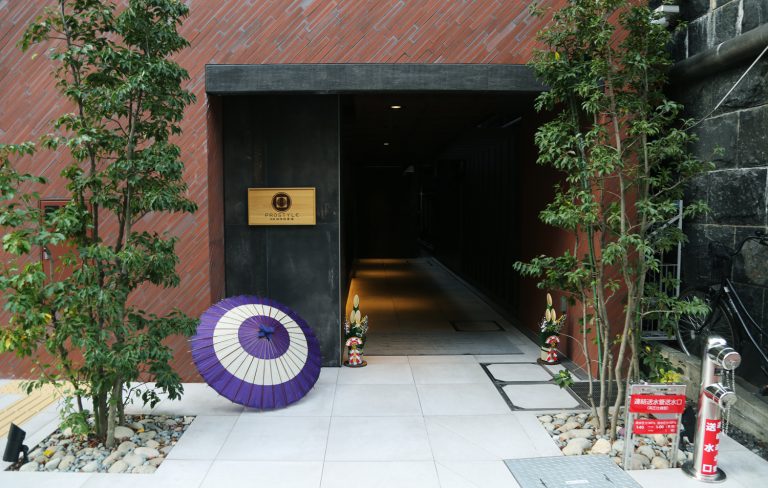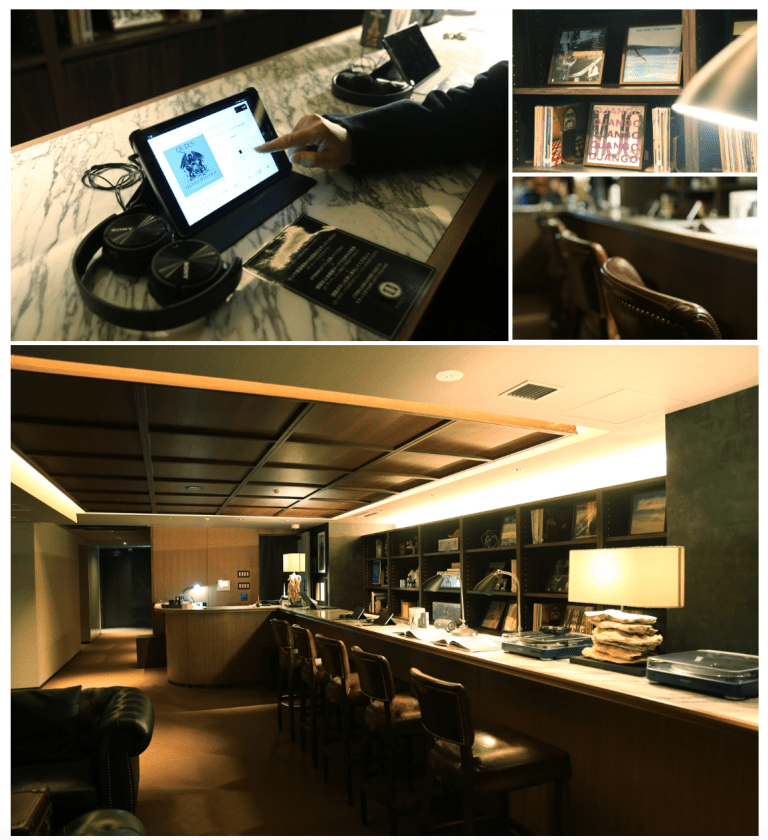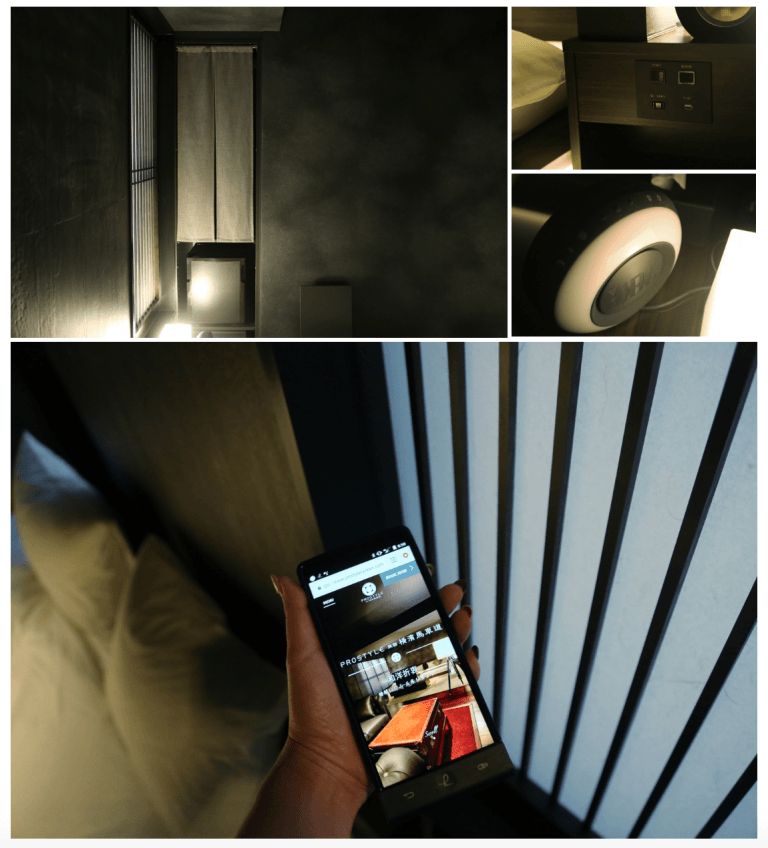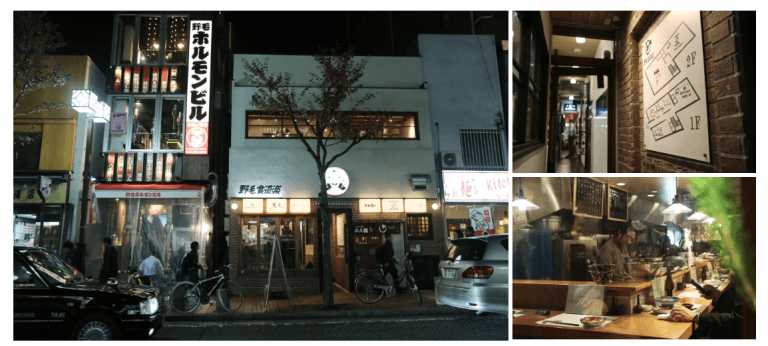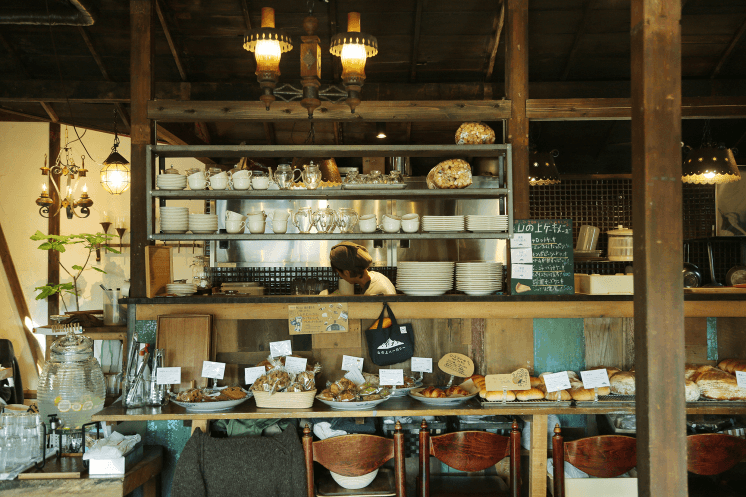
Day 1 - 11:00AM Bashamichi Jubankan
The PROSTYLE Ryokan in Bashamichi, Yokohama, is a newly designed ryokan just 40 minutes from Shibuya on the Tokyu Toyoko Line or Minato Mirai Line. It’s super convenient! In the little alley next to the PROSTYLE Ryokan Bashamichi you'll find Bashamichi Jubankan, a red brick building that evokes the period of cultural enlightenment in Japan. At the entrance, there's a water tank that formerly served as a drinking trough for horses. “Biscuit” traditional Western cookies are available here as a souvenir.






